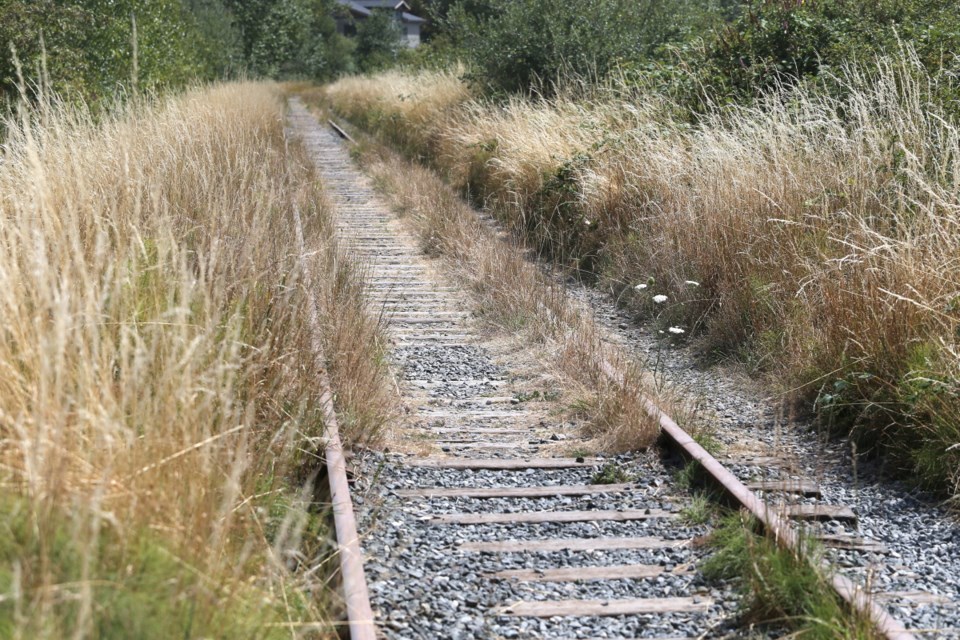A First Nation’s bid to have a portion of the E&N railway corridor returned for its own use has been rejected by B.C. Supreme Court.
B.C. Supreme Court Judge Robert Punnett said the Snaw-Naw-As (Nanoonse) First Nation’s desire for the land is understandable.
But he dismissed the claim, saying that the railway’s right-of-way “has not ceased to be used for railway purposes.”
Gordon Edwards, elected chief of the Snaw-Naw-As, said he is disappointed by the decision.
“In the coming weeks, we will consider our options, including whether or not to appeal,” Edwards said Thursday.
The E&N line runs between Victoria and Courtenay, with a leg to Parksville. It hasn’t been used for passenger service since 2011 when the track’s poor condition forced its closing. Only a small portion of the line in Nanaimo is still being used.
The First Nation went to court against the non-profit Island Corridor Foundation and the attorney general of Canada to have land returned after having lost it to the railway more than a century ago. A 1.3-kilometre section of the corridor bisects the reserve.
During the trial, the Snaw-Naw-As First Nation maintained the corridor impedes access to 90 acres of its land, restricting development, causing social and economic losses and affecting the cultural importance of the land to the plaintiff.
The First Nation said the Island Corridor Foundation, which owns the corridor and is advocating for the resumption of rail service, has not been able to line up funds to restore and run the railway, that there is no business case to do so, and that it will never operate as a railway again.
The corridor’s future is being debated following the recent release of a consultant’s report for the province of B.C. as it develops a transportation strategy for southern Vancouver Island. The report estimated the cost of restarting a phased in passenger and freight service at between $326 million and $729 million, with another $595 million for commuter service between Langford and Victoria.
The foundation told the court that the land has not been formally or informally abandoned and there are no plans to do so.
Although the future of the railway and possible funding is uncertain, the province has invested money into studying its viability, Punnett wrote.
The foundation, its stakeholders and other levels of government do not consider the corridor abandoned, he wrote.
“Nor do they consider the future potential of the corridor hopeless. They at least contemplate its future use as an active railway as a possibility.
“Objectively then it cannot be said the [right-of-way] is no longer required for railway purposes.”



